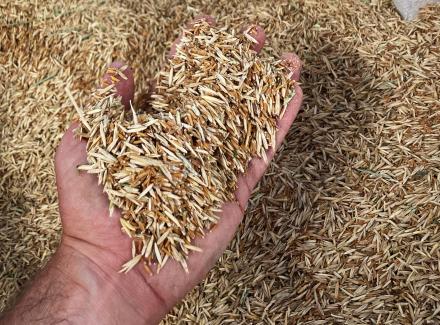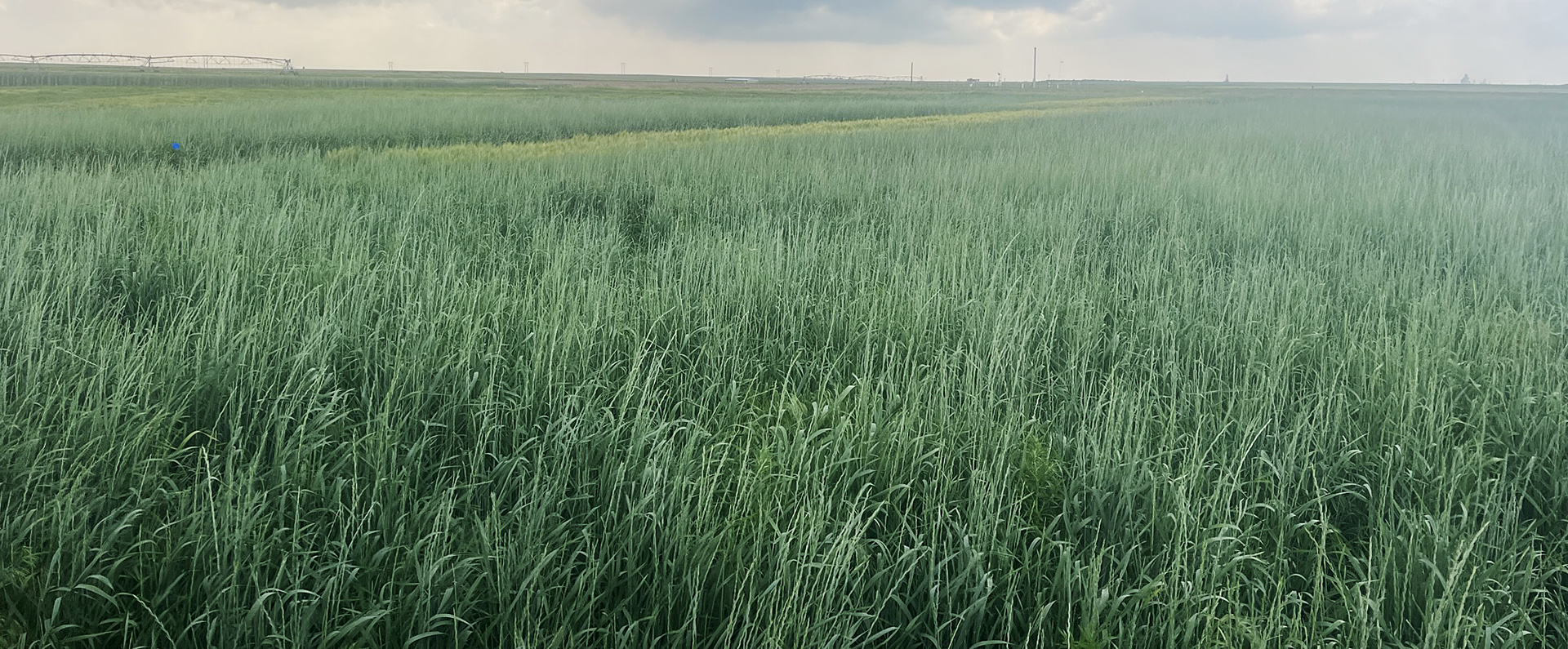Perennial Grains: The Next Food Frontier?

The bulk of American farmlands are devoted to growing annual grains — corn, wheat, and other crops that are harvested and then must be replanted every year. Yet many plants, including some grains, come in perennial varieties and grow back year after year. Researchers believe that these perennial grains could provide a number of crucial advantages for farmers and the environment. For example, the long roots that they develop over many years help preserve soil structure and quality, retain soil moisture, and sequester carbon more effectively. Because they don’t need to be replanted every year, they also could save farmers significant time and money, eliminating planting and many input costs.
Today, some farmers are planting intermediate wheatgrass, a perennial grain. The grain it produces, called Kernza®, is available in some stores, and is being used by brewers and bakers in their products. Check out this interview, where ARS researcher Peter Kleinman describes how researchers are looking to boost the use and value of this exciting crop to benefit growers and consumers alike.



